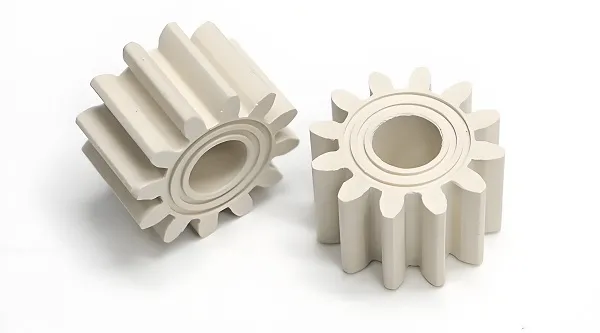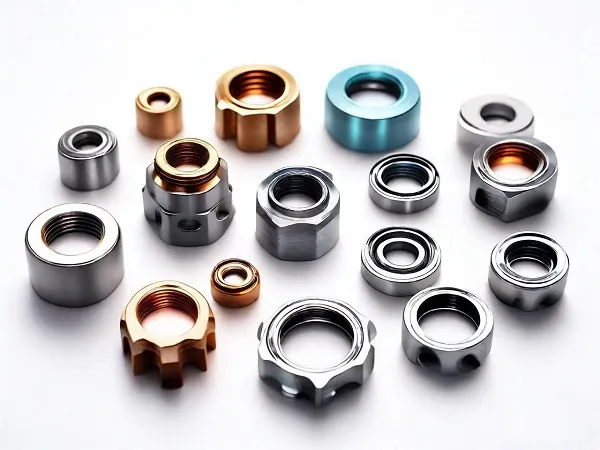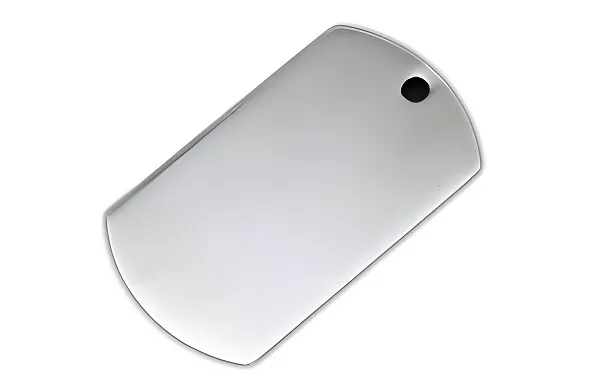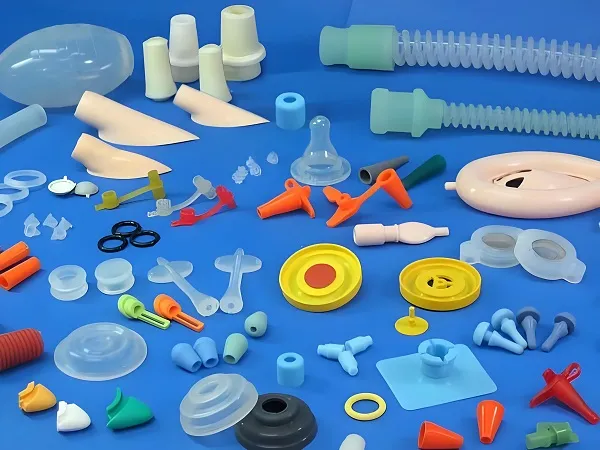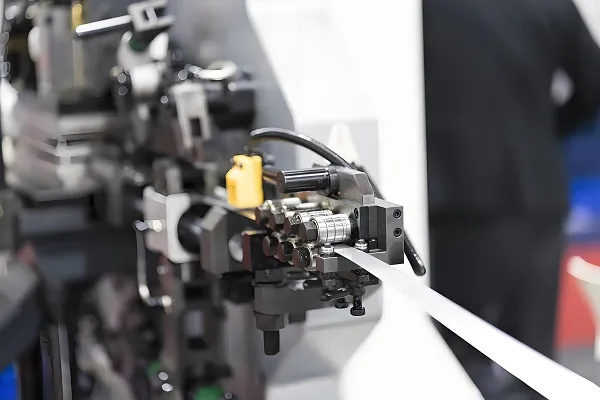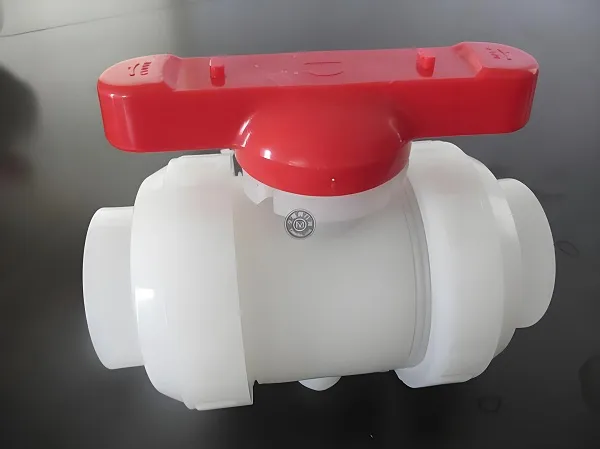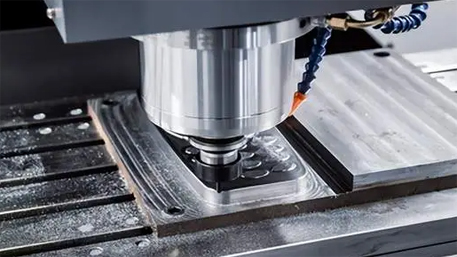
To custom CNC machining parts, follow these steps:
Design and Specification:
Use CAD (Computer-Aided Design) software to create a detailed 3D model of the part you want to manufacture.
Define the exact dimensions, tolerances, surface finish, and material requirements.
Material Selection:
Choose the appropriate metal or plastic material based on the part’s functionality, strength, durability, and cost considerations.
Find a Reliable CNC Machining Service Provider:
Look for a machining shop with a good reputation, experienced machinists, and modern CNC equipment.
Request quotes from multiple providers and compare their capabilities and prices.
Communicate Your Requirements Clearly:
Share the CAD model and detailed specifications with the chosen provider.
Discuss any special features, production volume, and delivery timelines.
Tooling and Fixturing:
The machining shop will select the right cutting tools and design appropriate fixtures to hold the workpiece securely during machining.
Programming and Setup:
Skilled programmers will create the CNC program based on your design.
The machine is then set up, calibrated, and loaded with the selected material.
Machining Process:
The CNC machine follows the programmed tool paths to shape the part, performing operations such as milling, turning, drilling, etc.
Quality Control and Inspection:
Throughout the machining process and after completion, the parts are inspected using precision measuring tools to ensure they meet the specified tolerances and quality standards.
Post-Processing (if needed):
This can include deburring, polishing, anodizing, plating, or other surface treatments to enhance the part’s appearance and functionality.
Delivery and Assembly (if applicable):
Once the parts pass quality inspection, they are delivered to you. If the parts are part of a larger assembly, you can proceed with the assembly process.
Clear communication, accurate design, and a reliable machining partner are crucial for a successful custom CNC machining project.

